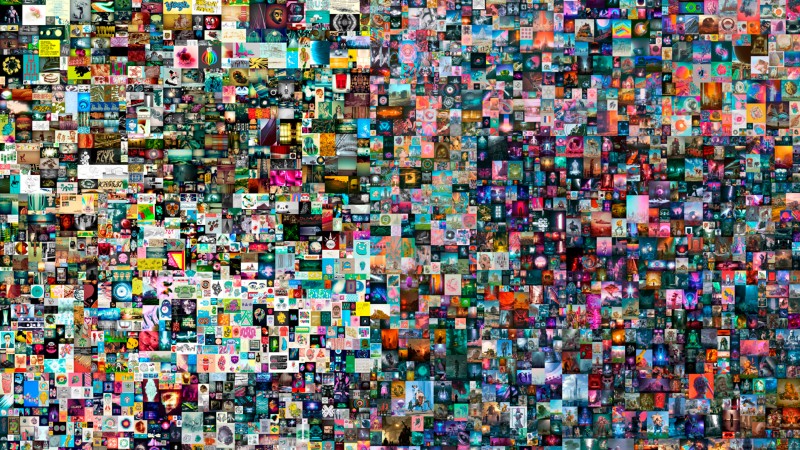
What are NFTs?
A non-fungible token, or NFT for short, is a unique and non-interchangeable unit of data stored on a digital ledger (blockchain). NFTs can be associated with reproducible digital files such as photos, videos, and audio. NFTs use a digital ledger to provide a public certificate of authenticity or proof of ownership, but it does not restrict the sharing or copying of the underlying digital file. The lack of interchangeability (fungibility) distinguishes NFTs from blockchain cryptocurrencies, such as Bitcoin and Ethereum.
More details
An NFT is a unit of data stored on a digital ledger, called a blockchain, which can be sold and traded. The NFT can be associated with a particular digital or physical asset (such as a file or a physical object) and a license to use the asset for a specified purpose. An NFT (and the associated license to use, copy or display the underlying asset) can be traded and sold on digital markets.
NFTs function like cryptographic tokens, but, unlike cryptocurrencies such as Bitcoin or Ethereum, NFTs are not mutually interchangeable, hence not fungible. While all bitcoins are equal, each NFT may represent a different underlying asset and thus may have a different value. NFTs are created when blockchains string records of cryptographic hash, a set of characters identifying a set of data, onto previous records therefore creating a chain of identifiable data blocks. This cryptographic transaction process ensures the authentication of each digital file by providing a digital signature that is used to track NFT ownership. However, data links that point to details like where the art is stored can die

